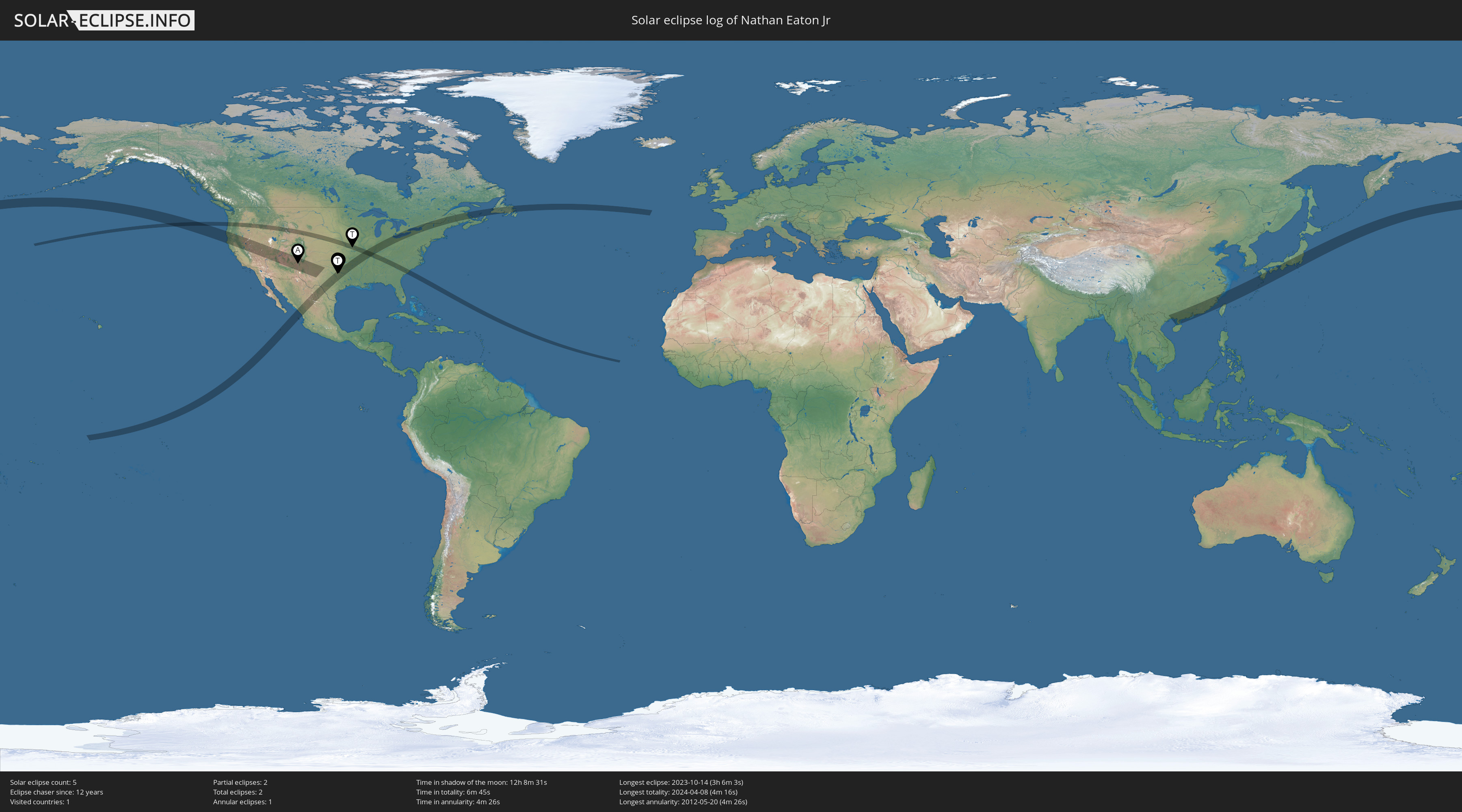 |
| Created with Dall-E |
People post questions about this so often in places like Facebook that I wrote about it last year. Now, I'm posting an update, focusing on how to quickly identify what you've captured; the details of why are in the earlier post.
Length?
First, how long was your exposure? If it was just a few seconds or even a fraction of a second, any streak will be relatively short, and its length may not be much help in identifying what caused it. However, if it was a long exposure—5 seconds, 10, or even longer—a short streak may be a meteor as they only last a fraction of a second, but a long streak is more likely an airplane or a satellite.
Dots?
Next, is the streak solid, or is it a line with dots? If there are dots, it is most likely an airplane. If there are multiple parallel lines with dots, the aircraft is flying at a relatively low altitude.
Shape?
No dots? What do the ends look like? If both ends are blunt, then what you've captured is most likely a satellite. Larger satellites (like the ISS) will leave a thicker trail. If only one end is blunt but the other is tapered, or both ends are tapered, you might have caught a satellite passing in or out of Earth's shadow, fading into or out of view.
Meteors generally also have tapered ends though usually starting very thin, getting gradually thicker and then quickly coming to a point at the end of its journey.
Frames?
If you took multiple, successive photos and the streak only appears in one frame, that's another sign it is probably a meteor. If it shows up in more than one image, then it's either an airplane (any dots?) or it is a satellite.
Color?
If the streak has noticeable color, especially different colors along its length, then it is probably a meteor. With aircraft there may be colors but the streaks are a constant color and the dots generally differ in color from the streaks. With satellites, there's usually no discernible color as they just reflect sunlight.
Fuzzy?
What if the streak is not so much a line as something cloudy with a bright spot at the lower end? Then maybe you did capture that comet!
For a deeper dive on these and more, go here.





















